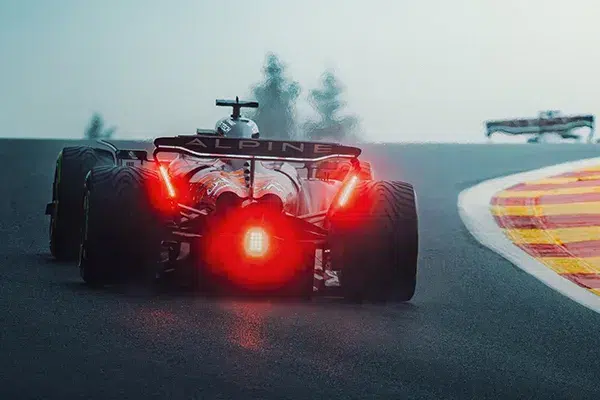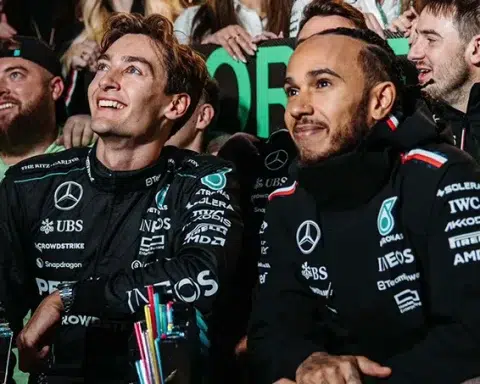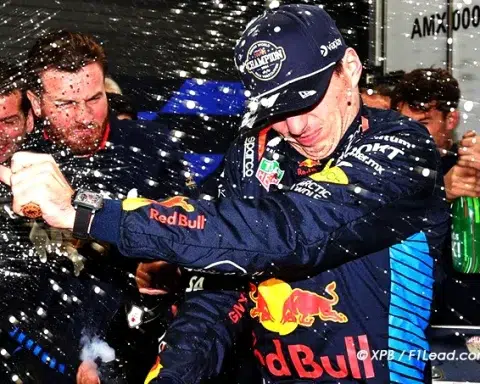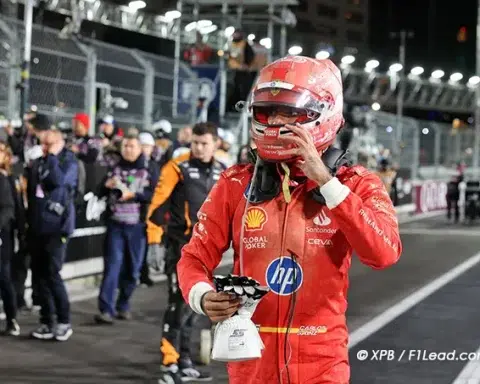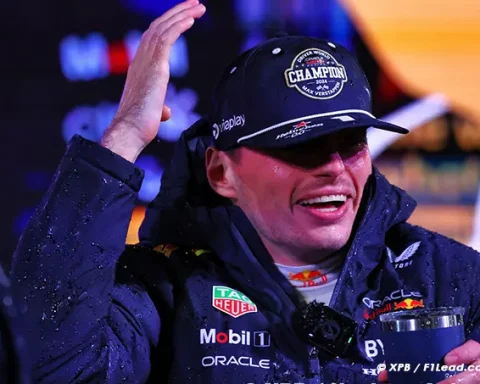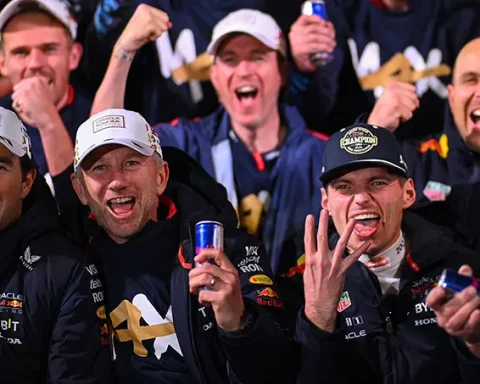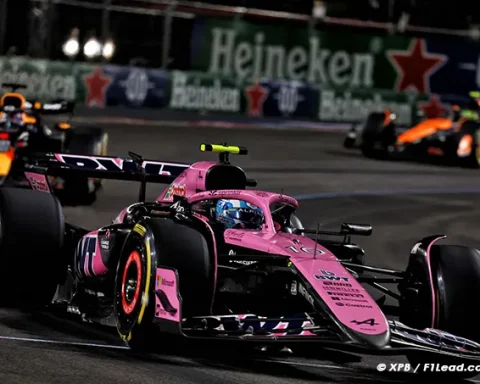Alpine F1 struggles financially with its engine program as Famin details the “huge money difference” impacting Viry.
Bruno Famin confirmed that financial reasons are why Alpine F1 is considering abandoning its engine program. The outgoing team principal explains that Renault is not finding financial success in producing its own power unit, even if Renault were to find a client team.
“It’s a fact that the business model, to call it that, is a bit odd,” stated Famin. “We are aware of the Concorde Agreements, the money redistribution system, which only benefits the teams.”
“On the other hand, the FIA has financial regulations and sporting regulations that require the power unit manufacturer to sell, at a capped price, power units to teams that want them.”
Famin explains that despite the budget cap coming on engine development in 2026, having clients does not offset the costs: “When comparing the costs of researching and developing an engine to those of buying an engine, the difference is huge.”
“This huge difference is not offset by any incoming money, as all the redistributions go to the team. We are not talking about performance, but a huge money difference. There is no secret in this difference as we know it, it is official and public.”
“The cost cap, the amount allowed for engine manufacturers, the supply price, and the price at which the engine manufacturer must sell its product, all this is also public. It’s something like 120 million euros in one hand, 17 in the other. Then you do the math. Per year, of course.”
An engine deficit that does not explain everything
Since the engine freeze, Renault has had to contend with a power deficit in its V6 hybrid. Nonetheless, Famin refuses to make it the sole scapegoat for Alpine’s delays, especially this year, and he identifies numerous chassis issues.
“For now, the current engine is slightly behind, by about 15 kilowatts (21 horsepower), I think that’s what the FIA figures say. Renault missed its target, but we now have 10 to 15 kilowatts less. The power unit is on average two-tenths off the lap time. On average, because it depends on the track, of course.”
“What we see for the whole car is more than a second, a second and a half. We cannot hide behind the engine. The car has various problems. Lack of traction, lack of downforce, too much drag, not enough power.”
“We had to improve everything. There are areas where we have no influence, like the engine, where we know we are in the freeze period and cannot improve the hardware.”
“But we had to slightly reduce the weight. We were a bit too heavy at the start of the season. Then, we had to understand the car a bit and make some small improvements or adjust the settings to really make the car perform better.”
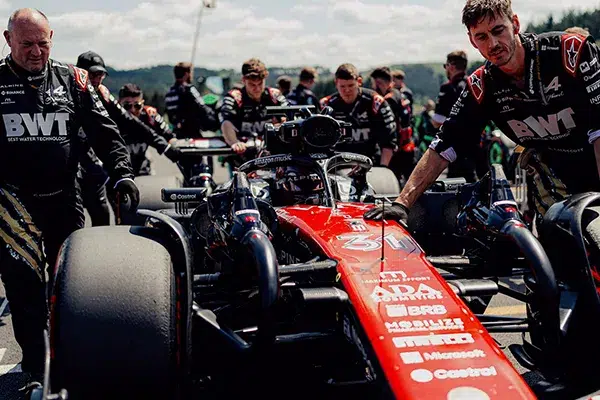
- You may also like>Dutch GP Refutes Claims of Spa-Zandvoort Rotation
- Following us on>Facebook and>Twitter
Famin Reveals Alpine F1’s Engine Cost Crisis Famin Reveals Alpine F1’s Engine Cost Crisis
